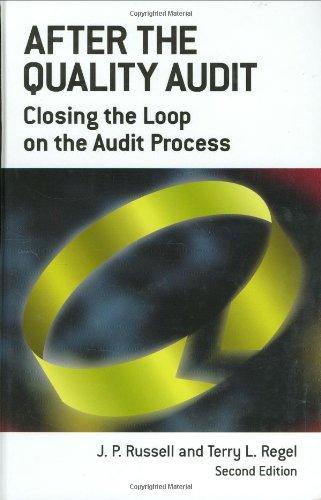Question
Presented below are a number of independent situations. For each individual situation, determine the amount that should be reported as cash. 1. Checking account balance
Presented below are a number of independent situations. For each individual situation, determine the amount that should be reported as cash. 1. Checking account balance $929,700; certificate of deposit $1,427,100; cash advance to subsidiary of $989,270; utility deposit paid to gas company $193.
| Cash balance | $
|
2. Checking account balance $510,200; an overdraft in special checking account at same bank as normal checking account of $22,030; cash held in a bond sinking fund $200,600; petty cash fund $390; coins and currency on hand $1,470.
| Cash balance | $
|
3. Checking account balance $600,800; postdated check from customer $10,470; cash restricted due to maintaining compensating balance requirement of $103,100; certified check from customer $9,220; postage stamps on hand $594.
| Cash balance | $
|
4. Checking account balance at bank $42,500; money market balance at mutual fund (has checking privileges) $50,480; NSF check received from customer $864.
| Cash balance | $
|
5. Checking account balance $651,600; cash restricted for future plant expansion $540,900; short-term Treasury bills $185,260; cash advance received from customer $840 (not included in checking account balance); cash advance of $7,140 to company executive, payable on demand; refundable deposit of $26,390 paid to federal government to guarantee performance on construction contract.
| Cash balance | $
|
Step by Step Solution
There are 3 Steps involved in it
Step: 1

Get Instant Access to Expert-Tailored Solutions
See step-by-step solutions with expert insights and AI powered tools for academic success
Step: 2

Step: 3

Ace Your Homework with AI
Get the answers you need in no time with our AI-driven, step-by-step assistance
Get Started







